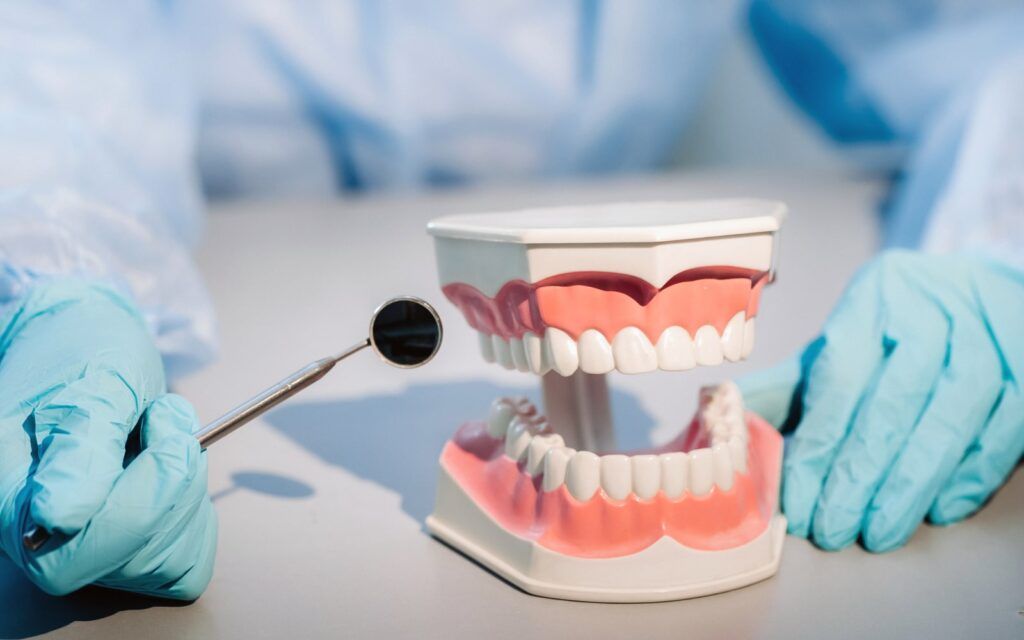General dentistry provides a broad range of treatments for its patients, and one of the great things about it is that dentists can work within multiple specialties to meet the needs of their patients. Restoration treatments, orthodontic braces, periodontal scaling sessions, and even implants are commonly found in general practices, and all of these practices tend to provide well-rounded services to meet everyone’s needs. However, most procedures found within these practices are invasive procedures, most of which tend to cause unnecessary damage to their patient’s health. Because of the prominence of invasive procedures, some dentists have started opting for minimally invasive techniques instead, leading to the rise of conservative dentistry.
How Can Conservative Care Improve Patient’s Oral Health
Conservative dentistry uses minimally invasive methods to treat patients’ oral health, attempting to resolve complex dental problems with alternative solutions. For instance, normal procedures involving teeth with complex tooth decay would be to extract the tooth and replace it with restoration. In conservative dentistry, those teeth could also be treated through other means, such as endodontic therapy, enamel abrasion, and dental bonding to repair the teeth, especially if they are otherwise healthy internally. Even in cases of severe tooth decay affecting the pulp, conservative dentistry focuses on alternative techniques that preserve the tooth’s natural state before considering more invasive procedures such as oral surgery and tooth extractions.
So, why aren’t there more general dentists using these techniques? It mainly comes down to experience, time, and financial resources to invest in these procedures, as many of these techniques take a considerable amount of skill to perform. Tooth extractions are more common knowledge than endodontic therapy and thus provide a lot more flexibility for both the patient and dentist to work with. However, some dentists have begun taking the leap in their careers and have started incorporating minimally invasive methods into their practices to change this fact.
Types of Minimally Invasive Techniques Used In Conservative Dentistry
Minimally invasive techniques work to conserve the tooth’s structures as much as possible to improve the patient’s standard of care. With this in mind, preservation is the primary goal of this subsect of dentistry, and some practices have started using these methods more frequently to help their patients preserve their oral health and experience higher-quality services. These techniques include:
- Silver Diamine Fluoride: Silver diamine fluoride seals in and removes cavities from developing in the future, acting as a desensitizing agent to help heal sensitive teeth prone to enamel and dentin decay. It’s become a highly popular alternative to traditional methods of cavity removal.
- Resin Sealants: Composite resin sealants are also being used to replace tooth extractions by filling in the porous areas of decay and killing bacteria inside the tooth.
- Enamel Microabrasion: For mild areas of tooth decay and discoloration, enamel microabrasions have helped take off tiny portions of enamel, allowing for better methods of restoration with composite bonding and sealants.
- Gum and Tooth Veneers: Some dentists have also opted to use gum veneers and tooth veneers to protect teeth sensitive to tooth decay.
Conservative dental approaches are becoming more popular than ever. If interested, it’s important to see if your local dentist can provide minimally invasive techniques to save your teeth from the effects of tooth decay.


